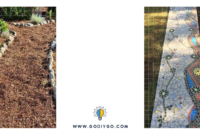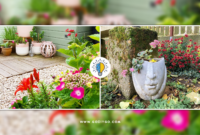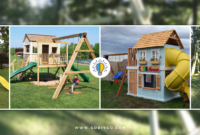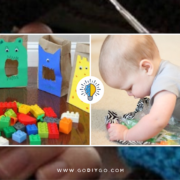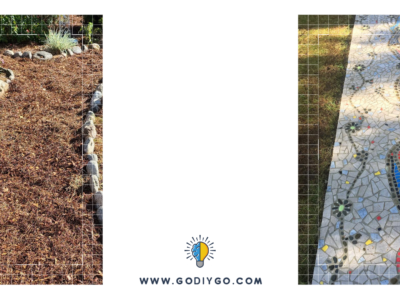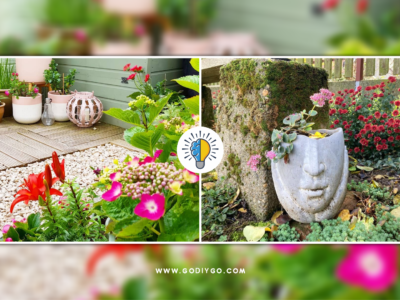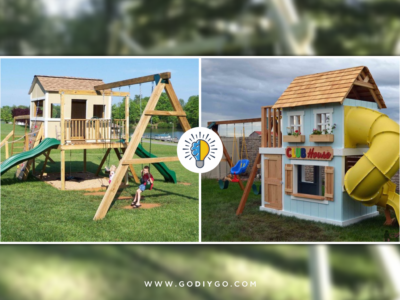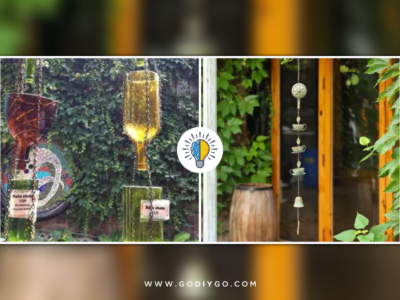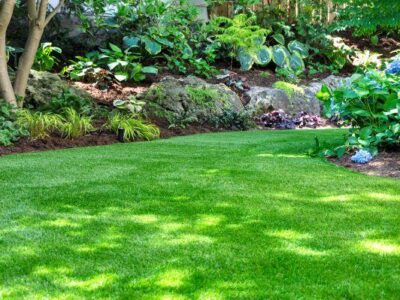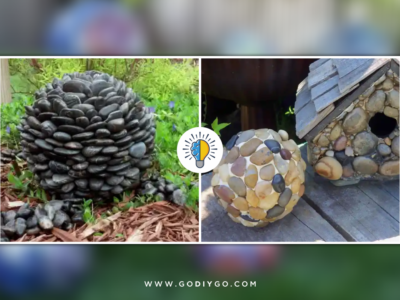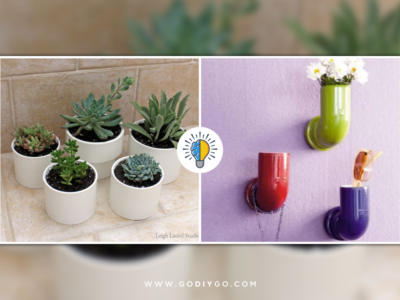The cost of gas, food, housing, and other services continues to increase. You may have considered different ways to cut costs such as growing a vegetable garden. Vegetable gardens are an excellent way to produce quality vegetables without added preservatives. Did you know growing vegetables will encourage you to eat more vegetables? If your kids struggle with eating vegetables, it also can be a fun way to encourage them to try new healthy foods. Starting a vegetable garden for the first time can be intimidating. How do you know what garden soil to use? When is the best time of year to plant outdoors?
Whether you are trying to cut costs, encourage your children to eat vegetables, or pick up a new hobby, here are five beginner tips to starting your first vegetable garden.
1. Choose What Vegetables You Will Grow
You will want to plant vegetables you and your family will eat. There are tons of different types of vegetables such as green beans, tomatoes, carrots, potatoes, radishes, and onions. If your family does not like chives, why would you grow them? Once you know what types of vegetables you will grow, it makes it much easier to plan your garden and determine the space requirements for the vegetables.
2. Choose a Sunny and Flat Location
When you have decided to grow a vegetable garden, it is exciting. You can imagine all the fresh vegetables your garden will produce and all the trips you will save to the supermarket. But before you jump to the finish line, you should plan exactly where you will garden. If you have a large outdoor space, you will want to survey the land to find a flat or low slope space. The landscape is very important when you are growing vegetables. If you choose an area that is lower than its surrounding areas, too much water could collect and drown your vegetable plants. You will also want to choose a place that has plenty of sunlight.
3. Plan the Space Requirements
Each variety of vegetable requires different space requirements. For example, cucumbers grow linearly while tomatoes need support as they grow vertically. Watermelons will need extra space in a garden bed, while carrots dig deep into the soil.
You should research how much space a plant requires so you can plan your garden bed accordingly.
4. Prep Your Soil
Vegetable plants love compost. Compost is a natural process that recycles organic matter such as leaves and old or rotten vegetables. The best compost for garden soil is one that is rich with organic matter. Professionals suggest your compost pile should be three parts brown material such as newspaper, fallen tree branches, leaves, or wood shavings, and one part green material such as fresh plants, kitchen scraps, animal manure, or coffee grounds. You will want to turn one to two inches of fresh compost into your gardening beds to prep the soil. If you cannot make compost or do not have the space to make compost, you can check out your local retailers with gardening supplies for compost enriched soil.
5. Know Your Territory
When spring arrives, you might be anxious to get your seeds planted. However, after some warm or hot spring days, it is very common for at least one more frost. You should research your territory and when the best time is to plant your seeds or seedlings outside. After you have germinated and grown seeds indoors to prepare them for your outside garden, it would be devastating for another frost to arrive and kill all of your plants. You would have to start the seedling process all over again. When you know what climate territory you are in, you can make a better decision on when you transplant your seedlings outside.


